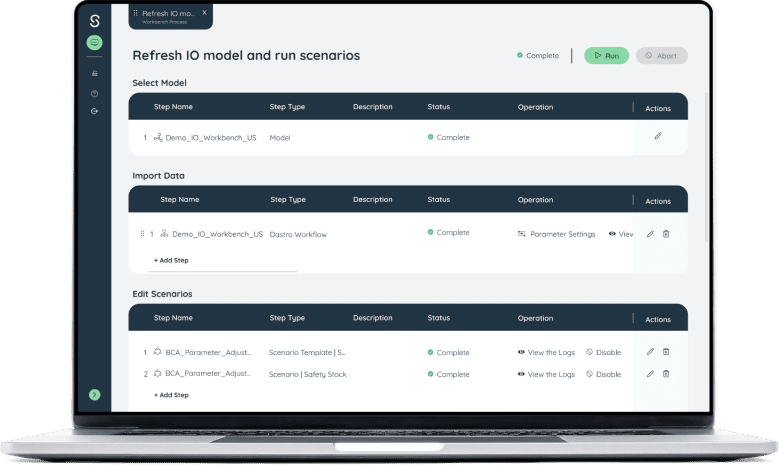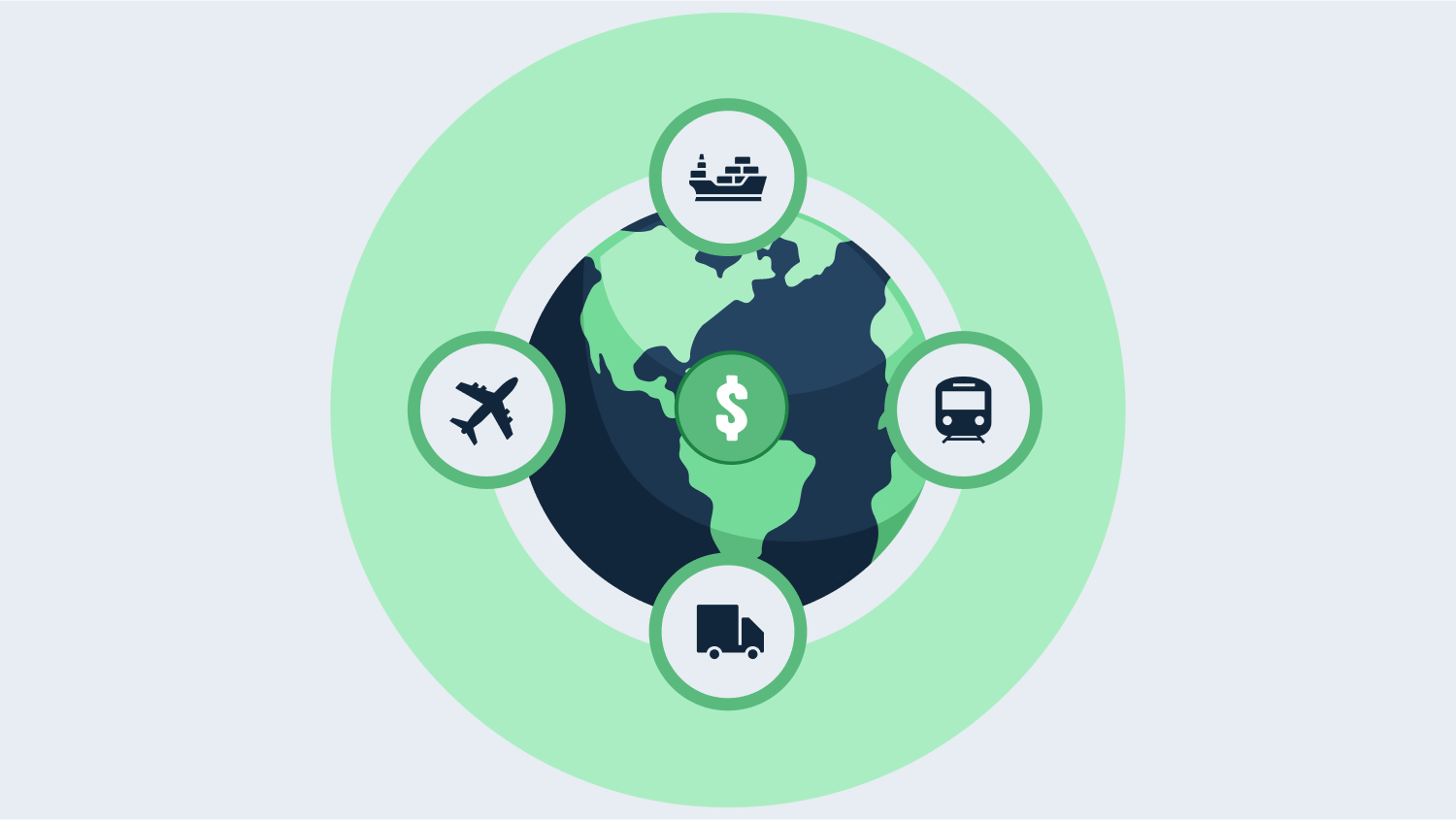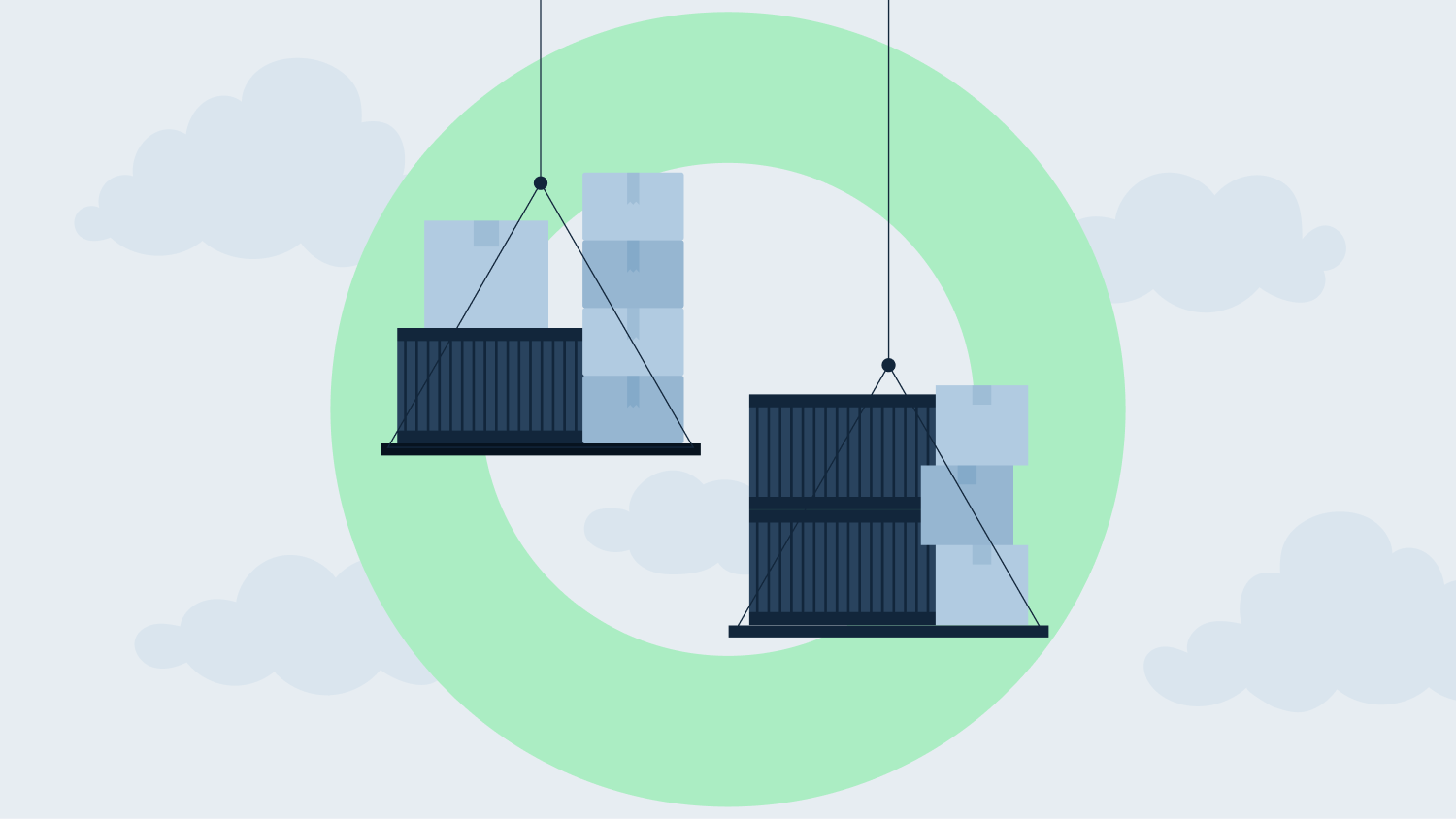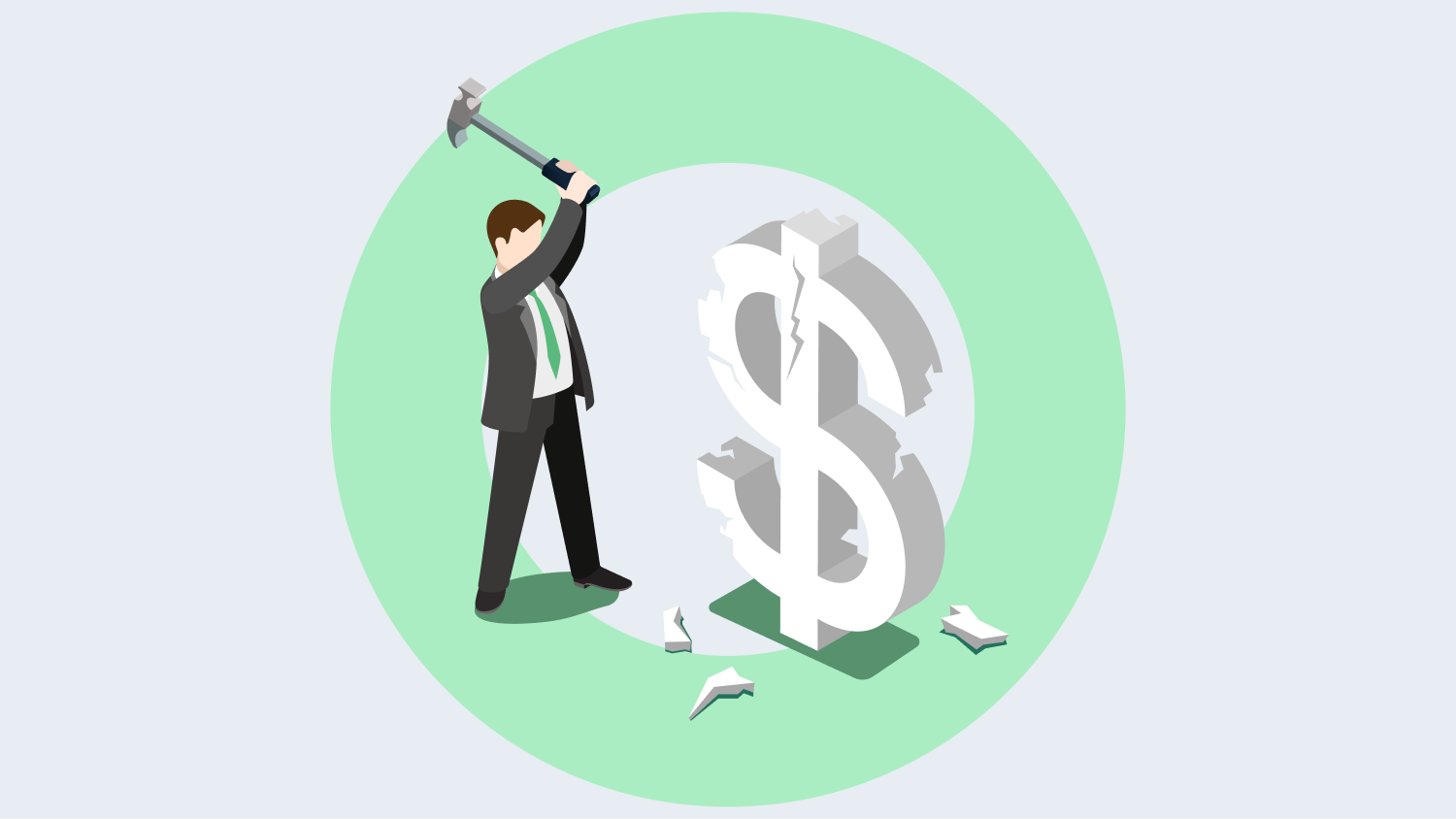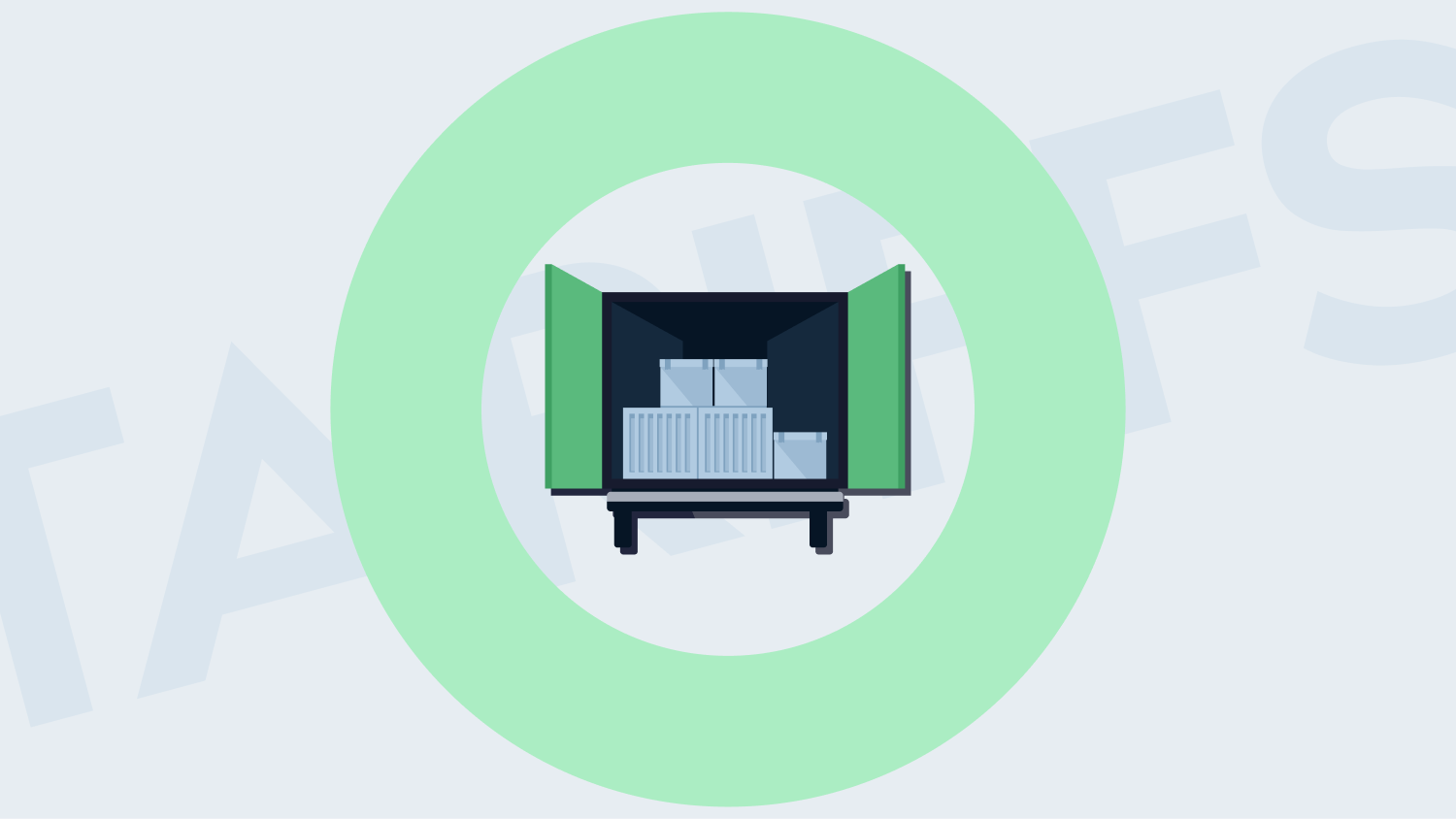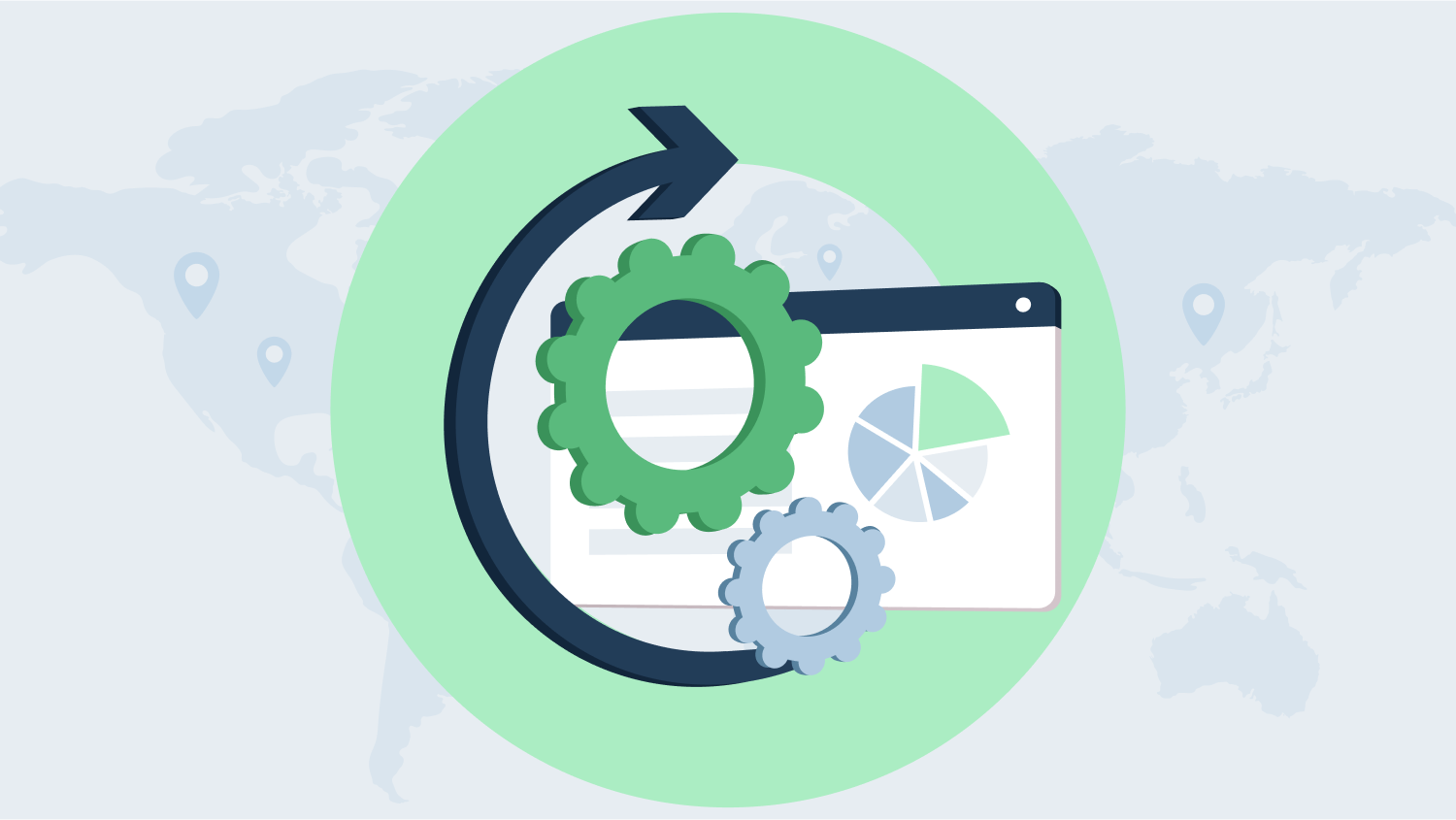1. Introduction
When economies shake, supply chains feel it first. From unexpected tariffs and interest rate swings to full-blown geopolitical conflict, Supply chains get tested fast. For operators and executives, it’s no longer just about efficiency—it’s about endurance. Supply chains need to respond quickly to demand shocks, supply disruptions, and rising input costs without breaking stride.
That’s where resilience, flexibility, and risk mitigation come into play. A supply chain that’s designed only for cost will fail when risks escalate. A supply chain built with optionality, contingencies, and diversified pathways can absorb hits—whether it’s a sudden sanction on a region, a shipping delay at port, or a spike in raw material prices.
This is precisely where Supply Chain Network Design earns its keep. By strategically modeling shifts in demand, cost, and availability, companies can futureproof supply chain decisions before volatility hits. Done well, it turns guesswork into data-backed strategy, making companies more agile and cost-aware through uncertainty. According to NCBI, integrating network design principles into operations is now essential for optimizing resilience in a world where disruption is the rule, not the exception.
2. Key Challenges in Today’s Supply Chain Caused by These Uncertainties and Risks
Let’s not sugarcoat it—supply chains today are navigating chaos on multiple fronts. Whether it’s sudden demand crashes or sharp demand spikes, global supply chains aren’t what they used to be, and companies are paying the price.
A. Market Volatility
The days of predictable demand patterns are gone. Businesses face wild swings in consumer behavior, making it hard to balance cost-effectiveness with service levels. One month, your warehouse sits like a museum; the next, your logistics teams can’t breathe. These fluctuations strain network design—forcing supply planners to constantly toggle between lean operations and robust capacity. Add rising tariffs and unstable raw material pricing to the mix, and optimization becomes the only viable path forward.
B. Geopolitical Risks
Tariffs, sanctions, and border delays aren’t footnotes—they’re central plot points. The Ukraine conflict, China-U.S. tensions, and regional unrest continue to throw up supply roadblocks. The result? Limited supplier access, increased lead times, and the real risk of single-source dependencies morphing into business continuity nightmares. To keep freight moving and factories humming, companies need a redefined strategy—one that includes diversified supplier bases and dynamic sourcing models.
As noted in this analysis from the National Center for Biotechnology Information, global risks are waking corporations up to the need for resilient network design, not just efficient one-lane supply chains (NCBI).
C. Sustainability Pressures
It’s no longer a “nice-to-have.” ESG regulations and carbon-reduction goals are actively reshaping how supply networks are built. But here’s the catch—going green often means added complexity.
Renewable packaging, electric fleets, and regional warehousing all affect cost, speed, and scalability. At the same time, companies are expected to maintain resilience in the face of storms, floods, and fires—literally. The challenge is clear: how do you keep operations lean while aligning with both climate goals and resilience requirements?
The short answer: smart design, smarter trade-offs.
3. Strategies for Resilient Supply Chain
When uncertainty is the norm, reaction time becomes your worst enemy. Building supply chain resilience starts with one uncomfortable truth: you can’t plan for everything, but you can be ready for anything.
A. Proactive Risk Management
Scenario planning might feel like guesswork—until it isn’t. Whether it’s a labor strike next week or sanctions hitting a critical region, companies need proactive playbooks, not post-mortems. Embedding a risk and resilience framework into the operating model adds predictability to an unpredictable world. Think less Excel firefighting, more controlled rerouting.
B. Multi-tier Supplier Management
No single point of failure should be able to take you down. Companies relying on one critical supplier or region are asking for trouble. Diversifying the supplier base across geographies—and tiers—isn’t excessive, it’s essential. Proactive risk assessments across these layers add visibility into vulnerabilities before they become disruptions. As explained in this Springer article, multi-tier risk management increases agility and reduces exposure by addressing otherwise hidden threats buried deep in the value chain.
C. Digitalization and Predictive Analytics
Forget lagging indicators. AI-powered forecasting and real-time risk monitoring are quickly becoming table stakes. Companies that use predictive analytics can make faster, smarter calls on everything from demand shifts to raw material bottlenecks. Real-time modeling of network resilience isn’t just possible—it’s becoming standard. The benefits of this shift are clear in models like those discussed by Tandfonline, where real-time data drives actionable decisions in dynamic environments.
D. Flexible Distribution Networks
Rigidity kills flexibility. Hub-and-spoke networks that can flex—not fracture—under stress are core to supply chain survival. Agile design isn’t just about faster shipping; it’s about rerouting when the main artery chokes. Smart distribution models, like those highlighted in AIMS Sciences, emphasize adaptability under duress.
E. Optimized Inventory Placement
Inventory is insurance—but only if it’s in the right place, in the right amount, at the right time. Excess stock starves cash flow. Too little, and you’re out of business when disruption hits. Integration of demand sensing and inventory planning tools helps companies walk this tightrope, insulating operations without flattening margins.
F. Scenario-based Risk Modeling
Finally, scenario simulations aren’t future-gazing—they’re rehearsals. Companies that stress-test their networks against economic swings, geo-political blowbacks, and supplier outages know where the cracks are before they matter. It’s not about playing fortune teller—it’s about being ready when the lights flicker.
4. Implementing Supply Chain Network Design to Support These Strategies
Dynamic supply chain network design isn’t just a buzzword—it’s how leaders get ahead of volatility. Traditional supply chain network design models can’t keep pace with today’s disruption cycles. With modern data pipelines and ETL capabilities, networks can now be updated in near real-time. This means your decision-making is no longer based on outdated snapshots but live analytical views. It also unlocks real-time disruption analytics, allowing quick shifts in sourcing paths, transport lanes, or inventory routes—all before an impact cascades through your operations.
Scenario planning used to be a theoretical exercise. Not anymore. With a robust supply chain network model, businesses can simulate both known and unknown risks. Think short-term knowns—like an approaching hurricane. A dynamic model should tell you exactly which sites will be affected and what actions will minimize hits to cost and service levels. For long-term unknowns, it’s about building optionality. You can’t predict every shock, but you can design a network that flexes with uncertainty baked in.
Still, there’s a cost to resilience—and this is where network design earns its keep. It’s not just about adding suppliers; it’s about selecting the right ones in the right regions with built-in contingencies. According to a recent study, agile supply chain network design enables adaptability without ballooning operational budgets (AIMS Sciences). Ultimately, it’s a balancing act: minimize risk while keeping costs lean. The endgame? A network that doesn’t just survive chaos—but thrives in it.
5. Tools for Optimizing Supply Chain Network Design
Resilience doesn’t come from guesswork—it’s built on data, clarity, and speed. That’s where the right tools become non-negotiable. A modern supply chain network demands smarter decisions made faster, and that’s exactly what AI-driven platforms are designed to do.
Solutions like Sophus AI specialize in cutting through complexity. The platform delivers real-time intelligence around optimal network configuration, inventory positioning, and distribution strategies. Instead of traditional, static models that age out quickly, AI-driven insights adapt to whatever’s thrown at your supply chain—be it an unexpected supplier shutdown or a surge in customer demand.
Beyond just algorithms, Sophus AI also provides in-depth modeling for your end to end network design and deep-dive analytics to support scenario planning. For businesses under constant pressure to cut costs while improving responsiveness, tools like these shift the balance from reactive survival to proactive control. When uncertainty is the new normal, that kind of agility isn’t just helpful—it’s mission critical.
Get into the details here: Supply Chain Network Design
6. Conclusion
Economic unpredictability isn’t a passing storm—it’s the new normal. Supply chains that once relied on lean efficiency now require built-in strength and responsiveness. Adaptability isn’t optional anymore. It’s what separates those who charge ahead from those left behind.
The upside? Chaos always opens the door for innovation. By leaning into Supply Chain Network Optimization, companies unlock a double win: they mitigate today’s risks and position themselves for tomorrow’s opportunities. Solutions like Sophus.ai aren’t just nice-to-haves—they’re essential tools for turning uncertainty into competitive advantage.
Resilience doesn’t mean overspending or overbuilding. It means staying smart, staying ready, and staying in motion.
FAQs
1. How does supply chain network design help businesses navigate economic uncertainty?
Simple: it gives you options. When economies shift or policies change overnight, a well-built supply chain network won’t leave you scrambling. It arms you with answers—whether that’s rerouting product flow, shifting production, or reconfiguring suppliers. Network design brings structure to chaos.
2. What are the key components of a resilient supply chain network?
Resilience isn’t one thing—it’s a stack. It starts with multi-tier supplier visibility, flexible sourcing, and robust scenario planning. Then layer in digital tools for real-time insight and responsiveness. Add smart inventory placement and intelligent distribution patterns, and what you get is a network that can bend without breaking.
3. How can businesses improve their resilience by continuously optimizing their supply chain network?
Resilience isn’t built once—it’s maintained. That means using advanced tools and data models to tweak, test, and adapt regularly. Platforms like Sophus AI let you run scenarios, adjust key variables, and simulate disruptions before they happen. Continuous optimization keeps your network sharp, lean, and prepared for whatever comes next.


